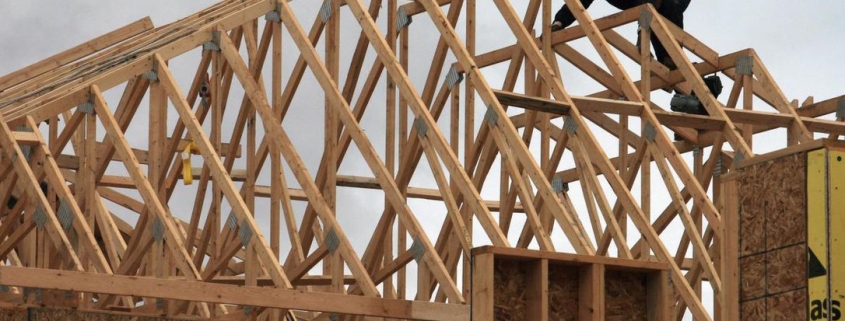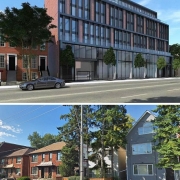Ottawa should lengthen mortgage amortization periods to 30 years and reconsider the strict stress tests introduced last year, the home building industry says.
The recommendations by the Building Industry and Land Development Association (BILD) comes as it released its annual report Friday showing that new-construction home sales hit a near 20-year low last year in the Toronto region.
It is the second year single-family house sales, including detached, semi-detached and townhouses, have dropped precipitously. The 3,831 sales in 2018 were half the 7,591 of 2017 and 74 per cent below the industry’s 10-year average.
In 2017, sales plunged further — 58 per cent — but that was after the region’s real estate market plunged following the frenzy of 2016 and the first four months of 2017.
The 25,161 new homes — condos and houses — sold last year was the lowest number since Altus Group began tracking sales for the industry in 2000. The last time sales dipped below last year’s levels was 1996, said BILD.
The benchmark price for a new construction house was down 6.7 per cent year over year in December, to $1.14 million from $1.23 million, said the report.
Despite a growing regional population, demand for homes has been weakened by the “artificial influences on the market,” said BILD CEO David Wilkes.
He predicted the industry faces another “tough year” if the stress test isn’t tweaked or eliminated to relieve home buyers of the need to qualify for loans at a rate 2 per cent higher than their lender offers or the Bank of Canada’s five-year benchmark rate.
“We believe (the stress test) has overshot the goals that the federal government had established for it and it is really blocking out new young families from qualifying to purchase their first home,” said Wilkes.
“In many cases they can afford to carry the home but they can’t afford the artificial requirement to finance it that the stress test puts on it,” he said.
“They can’t come up with the downpayment or they can’t qualify for interest rates that we may never see,” he said.
Wilkes also suggested the government could consider lengthening amortization periods to 30 years for Canada Mortgage and Housing Corporation-backed loans.
In 2008, Ottawa had extended those amortization periods to 40 years. That policy was gradually rolled back so that by 2012 it allowed only 25-year terms on those insured mortgages.
In 2018, condo sales also fell 38 per cent from 2017 levels, according to the statistics compiled by Altus Group. The price of apartments and stacked townhomes continued to rise, however — increasing 11.2 per cent to a benchmark of $796,815 at the end of 2018 compared to $716,772 the previous year.
The 21,330 sales of condos and stacked townhouses was only 4 per cent lower than the 10-year average.
Wilkes praised Premier Doug Ford’s government for addressing housing supply. But he acknowledged there will be a lag in? supply even after measures to boost new construction, such as changes to the land use policies in the provincial growth plan.
“It takes 10 to 11 years to bring on new developments, whether that’s single-family homes or condos,” he said. “Part of how long long it will take to get that new supply on will be dependent on the changes that are made in order to remove some of the inefficiences, red tape and duplication that are currently in the system.”
Mortgage Professionals Canada’s chief economist Will Dunning said last week that the stress test, which some have suggested reduces buying power by 20 per cent, is “too fierce.”
The province is proposing lowering the population density targets prescribed in the 2017 update to its growth plan to encourage more housing in places such as Durham, Niagara and Halton regions, Barrie, Brantford, Guelph, Orillia, Simcoe, Peterborough and Kawartha. Some areas that were previously targeting development for 80 people or jobs per hectare would need to accomodate half that number under the proposal.
Some environmentalists and urbanists say it is a recipe for more sprawl because builders will put more single-family homes on land that requires residents to commute long distances.










 Maziar Moini, Broker of Record - Home Leader Realty Inc.
300 Richmond St. W., #300, Toronto, ON M5V-1X2
Maziar Moini, Broker of Record - Home Leader Realty Inc.
300 Richmond St. W., #300, Toronto, ON M5V-1X2



